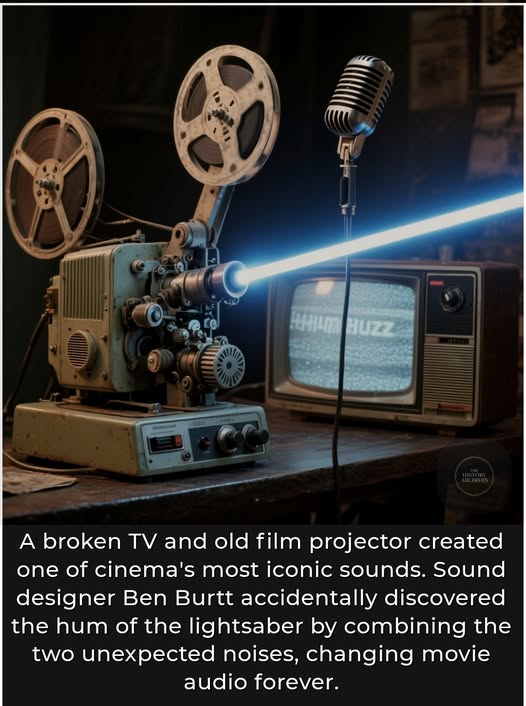
A happy accident in the 1970s led to one of the most famous sounds in movie history.
Sound designer Ben Burtt was tasked with creating the unique sounds for a new science fiction film, Star Wars, and needed something special for the laser swords.
While working as a projectionist at the University of Southern California’s cinema department, he found his first ingredient in the constant, musical hum of the old film projectors’ interlock motors.
He recorded this deep hum, which would become the heart of the lightsaber’s sound.
The second, crucial part came from an unexpected discovery. Burtt found that a broken microphone cable would pick up a strange buzzing noise from the back of a television set.
He recorded this accidental buzz and layered it with the projector motor hum. The combination created the distinct, electric crackle of the lightsaber we all know today.
To make the sound feel like it was moving, Burtt then played the completed sound through a speaker and waved a microphone in front of it. This simple technique created a Doppler shift, mimicking the sound of a weapon swinging through the air.
This innovative approach not only brought the lightsaber to life but also helped set a new standard for audio effects in cinema.
